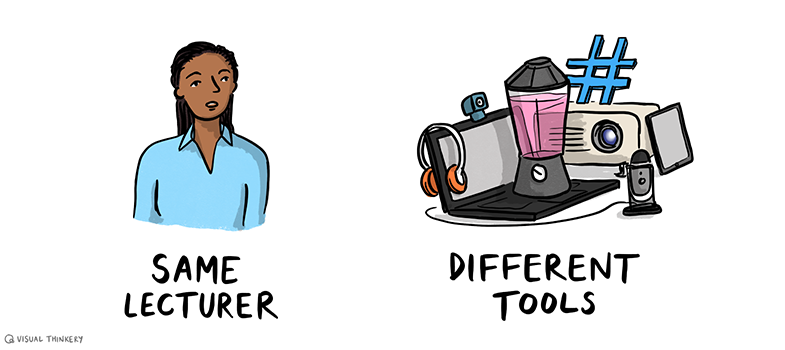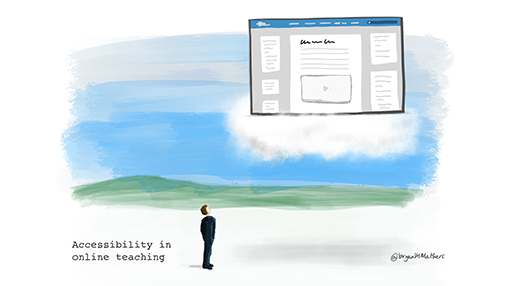Session 7 Accessibility in online education
Introduction
It is important to ensure that digital materials are suitable for as wide a range of learners as possible, whether these are materials created by educators or resources found online for reuse. Accessibility, usability, inclusion and universal design are all commonly used terms for ensuring that learning materials can be used by a wide range of potential learners, including those with disabilities who may be using assistive technology.
For the purposes of this session’s materials, ‘accessibility’ is used as a shorthand. Note that this is not necessarily advocating a one-size-fits-all approach to learning: it may be appropriate to provide alternative materials or activities for some situations, as long as the overall learning objectives are met for all learners. However, effort and understanding applied to this area can save a greater amount of effort and difficulties later and make the learning experience better for everyone.
To understand some key themes in accessibility, this session begins by introducing assistive technology and its impact on the way learners interact with learning materials. This is followed by recommendations and guidelines about making digital content and learning materials more accessible. Some guidance on alternative formats is also provided.
Practitioner reflections
This session begins with a short video from Sarah. In it she shares her experiences of considering accessibility, focusing on ways of working with PowerPoint for an inclusive learning experience. In it, she refers to ‘alt-text’ – short written descriptions of images. As you watch the video, or read the transcript, consider how you could support the accessibility of the content you produce in your role.
Transcript
How did you begin to address accessibility?
Learning outcomes
By the end of this session, you should be able to:
- know how to access media and other content in alternative formats and understand what makes it more accessible for users with disabilities;
- design and create digital materials to meet learning needs;
- take into account issues such as accessibility, usability, openness, and pedagogical design;
- identify problems and challenges in digital learning, and explore solutions;
- consider the communication and access needs of different users;
- use digital technologies to support and promote access and inclusion.







